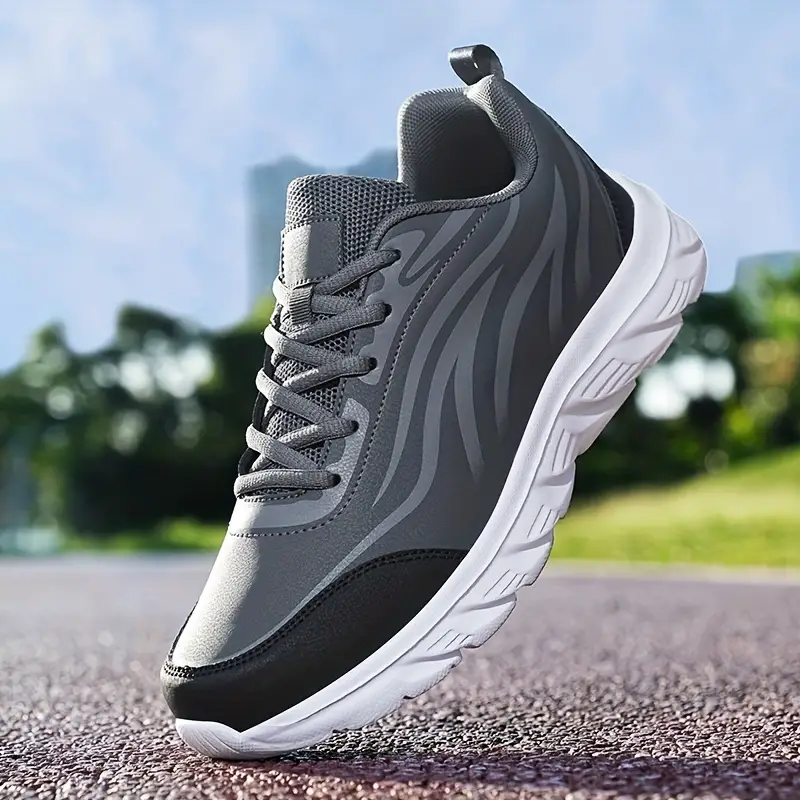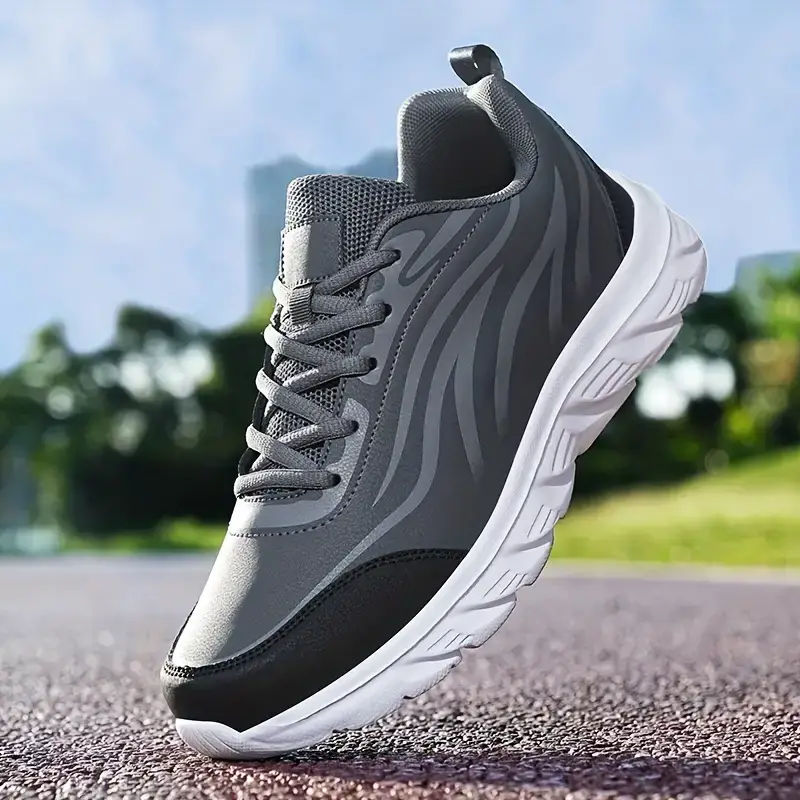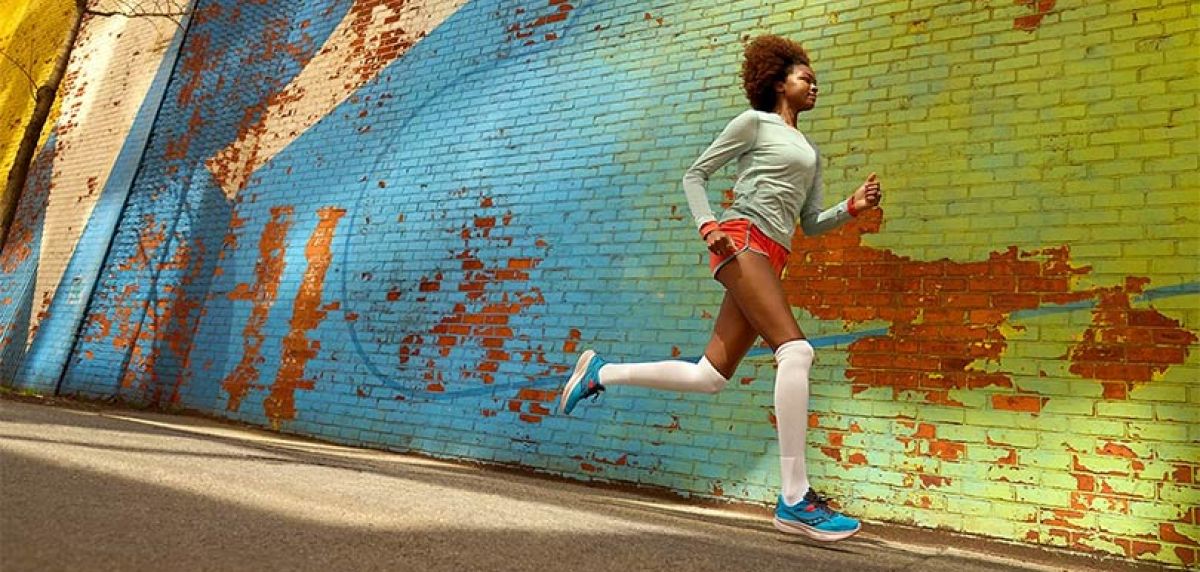Now Reading: Keeping Your Running Shoes Clean
-
01
Keeping Your Running Shoes Clean
Keeping Your Running Shoes Clean

As a runner, your shoes are one of your most important tools. They provide support, stability, and protection for your feet and legs. But with all the miles you put on them, they can also become dirty, smelly, and worn out. That’s why it’s crucial to learn how to properly clean your running shoes. Not only will this extend their lifespan, but it will also keep your feet healthy and comfortable during your runs. In this guide, we’ll cover everything you need to know about keeping your running shoes clean.
Why Cleaning Your Running Shoes is Important

Before we dive into the specifics of cleaning your running shoes, let’s talk about why it’s so important. Here are three reasons why you should make cleaning your shoes a regular part of your running routine:
Prevent Bacteria Growth and Odor
When you run, your feet sweat, and that sweat gets absorbed into your socks and shoes. Over time, this creates the perfect breeding ground for bacteria and fungi, which can lead to foot odor and even infections. By regularly cleaning your shoes, you can eliminate these bacteria and keep your feet smelling fresh.
Extend Lifespan of Your Shoes
Running shoes are an investment, and you want them to last as long as possible. Regularly cleaning your shoes can help maintain their quality and prevent them from wearing out prematurely. This not only saves you money in the long run, but it also ensures that your shoes continue to provide the support and protection you need while running.
Improve Performance and Comfort
Dirty shoes can affect your performance and comfort while running. Buildup of dirt and debris can make your shoes heavier, reduce their traction, and even cause discomfort or blisters. By keeping your shoes clean, you can ensure that they are always functioning at their best and providing maximum support and comfort for your runs.
How to Clean Your Running Shoes

Now that we understand the importance of cleaning your running shoes, let’s dive into the specifics of how to do it. Here are six steps to follow for a sparkling clean pair of running shoes:
Step 1: Remove Dirt and Debris
The first step in cleaning your running shoes is to remove any visible dirt and debris. Use a soft-bristled brush or an old toothbrush to gently scrub away any mud, grass, or other debris on the surface of your shoes. This will prevent the dirt from getting deeper into the fabric of your shoes when you start washing them.
Step 2: Hand Wash the Insoles and Laces
Next, remove the insoles and laces from your shoes. These can be washed separately by hand using warm water and mild detergent. Gently scrub the insoles with a brush and rinse thoroughly. For the laces, you can soak them in soapy water and then rinse them off. Hang them up to air dry while you finish cleaning the rest of your shoes.
Step 3: Machine Wash (if applicable)
If your shoes are machine-washable, now is the time to put them in the washing machine. Before you do, make sure to check the care instructions on your shoes to see if there are any special requirements. If not, place them in a mesh laundry bag and wash them on a gentle cycle with cold water. Avoid using bleach or harsh detergents that can damage the material of your shoes.
Step 4: Hand Wash the Exterior
For shoes that cannot be machine-washed, you can hand wash them using a gentle detergent and warm water. Dip a sponge or soft cloth into the soapy water and use it to wipe down the exterior of your shoes. Pay special attention to any stains or areas that are particularly dirty. Gently scrub these spots to remove the dirt and grime.
Step 5: Rinse Thoroughly
After washing, it’s crucial to rinse your shoes thoroughly to remove any soap residue or dirt that may still be lingering. Use clean water and a cloth or sponge to wipe away any suds. You can also hold your shoes under running water to ensure that all the soap is washed out.
Step 6: Air Dry
Finally, allow your shoes to air dry in a well-ventilated area. Do not put them in the dryer or place them near a heat source, as this can cause damage to the material. It’s best to stuff your shoes with newspaper or paper towels while they dry to help maintain their shape and absorb any excess moisture.
Tips for Keeping Your Running Shoes Clean

Now that you know how to clean your running shoes, there are a few additional tips that can help you keep them looking and smelling fresh for longer:
Rotate Between Pairs
If possible, try to rotate between two pairs of running shoes. This will not only give each pair a break between runs, but it will also allow them to fully dry out from any sweat or moisture from your previous run.
Avoid Machine Drying
It’s essential to never put your running shoes in the dryer. The heat from the dryer can warp the material and weaken the glue that holds your shoes together. Always opt for air drying instead.
Use a Shoe Deodorizer
To prevent foot odor, use a shoe deodorizer after each run. This can be in the form of a spray or a sachet that you place inside your shoes. Not only will it eliminate odors, but it can also kill any bacteria and fungi that may be present.
Deep Clean Once a Month
While regular cleaning is important, it’s also wise to do a deep clean of your running shoes once a month. This can involve removing the insoles and laces and giving your shoes a thorough wash with soap and water. This will help remove any deep-seated dirt or bacteria that may have accumulated over time.
Store Properly
Storing your running shoes properly when you’re not using them can also help keep them clean. Make sure to let them fully air out after each run before putting them away. Store them in a cool, dry place where they won’t get crushed or deformed.
Do’s and Don’ts of Cleaning Running Shoes
To further help you maintain the cleanliness and lifespan of your running shoes, here are some do’s and don’ts to keep in mind:
Do:
- Read the manufacturer’s instructions before cleaning your shoes.
- Use mild detergent and warm water for hand-washing.
- Allow your shoes to air dry completely before wearing them again.
- Clean your shoes regularly, especially after muddy or wet runs.
- Keep an eye on the wear and tear of your shoes and replace them when necessary.
Don’t:
- Put your shoes in the washing machine unless they are designated as machine-washable.
- Use bleach or harsh chemicals to clean your shoes.
- Dry your shoes in direct sunlight or near a heat source.
- Wear dirty shoes, as this can lead to foot odor and infections.
- Ignore signs of wear and tear on your shoes, as this can increase your risk of injury while running.
Conclusion
As a runner, keeping your shoes clean should be a regular part of your routine. Not only does it prevent bacteria growth and extend the lifespan of your shoes, but it also improves your overall performance and comfort while running. By following the steps outlined in this guide, you can ensure that your running shoes stay in top condition, allowing you to focus on your runs without any distractions or discomfort. Remember to always read the care instructions for your specific shoes and follow the do’s and don’ts to maintain their quality and functionality. Happy running!




















